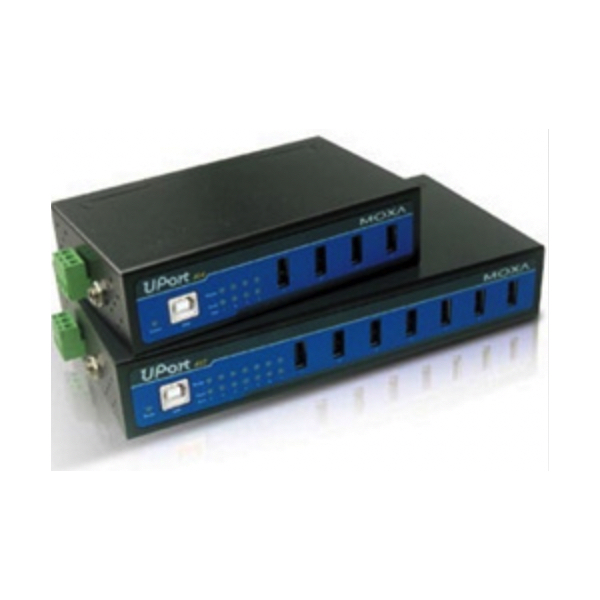USB Hubs

USB hubs are multifunctional devices that are meant to increase the number of USB ports on a computer or laptop. They are built to accommodate several types of devices that plug into USB ports. And they expand not just in the traditional way—by delivering more USB-A ports. But the good USB hubs of today deliver something else, too: they enable bridging not just between old and new peripherals, but also between new USB standards, at both ends of the hub.
USB hubs are now modernized and come with additional features, such as an SD card reader, HDMI ports, and Ethernet ports, reworking a simple USB hub into a more ambitious docking station. This transformation benefits laptops with too few ports, allowing for the central connection of multiple devices—mostly external, like monitors, storage drives, and other peripherals. The powered USB hub stands out in its class as it comes with its own power supply. This allows the hub to: 1. supply enough power to connected devices (especially necessary when high-power-consuming devices are tethered to the hub); 2. maintain consistent data transfer speeds (also necessary given the amount of data traveling through the hub when too many devices are connected to it).
FAQs
Can a USB hub provide enough ports to support peripherals such as a laptop and keyboard?
Yes, a USB hub can provide multiple ports to support peripherals like a laptop, keyboard, mouse, and other USB devices simultaneously.
What is a USB C port and USB C connector used for?
A USB-C port and USB-C connector are used for transmitting data, power, and video between devices, offering faster data transfer speeds, higher power delivery for charging, and compatibility with modern peripherals.
Basics of Switches, Routers & Hubs
Ethernet hubs, switches and routers connect computers to networks, devices and other computers.
Ethernet hubs are the least intelligent of the three devices. They simply take any message that is received and transmits it to every other device connected to that hub. For example, if CPU 1 on a network wants to send a message to CPU 5, it will send that message through the hub.The hub will then take that message and send it out to every connected device on that hub regardless of the intended target. When CPU 5 receives that message and wants to respond, it will send its response through the hub which sends it to every connected device. Ethernet hubs do not manage any data that is sent and tend to bog down networks. They also do not offer much security for the network. For these reasons, Ethernet hubs are are being replaced with network switches.
Switches transmit data from one device to another on the same network. Unlike a hub, switches use a switch table to learn where data came from and where to send it. Switch tables store Mac addresses and device ports. By storing this data, a switch can operate more efficiently than a hub, greatly reducing the traffic within the network.
Routers transfer data between devices while learning the location of those devices within the network. They are also a junction between two or more networks. An example of this would be a home router where the home network is connected to the Internet. Another example would be when the router connects two or more networks with different business functions. In addition to connecting two or more networks, a router offers important security features that help protect the network.

